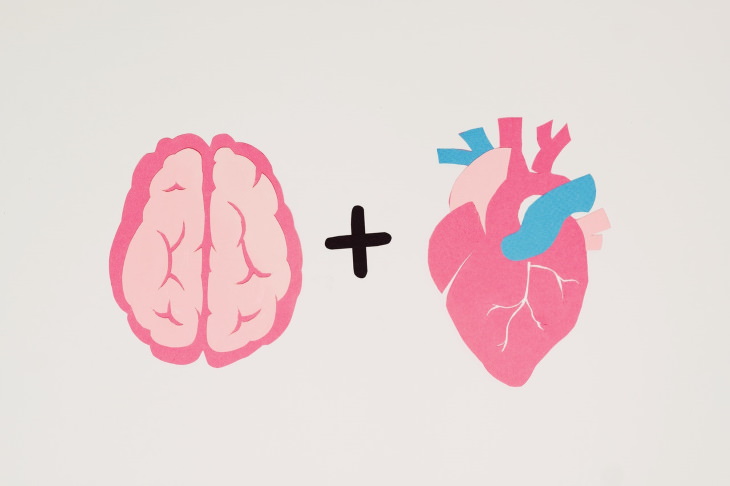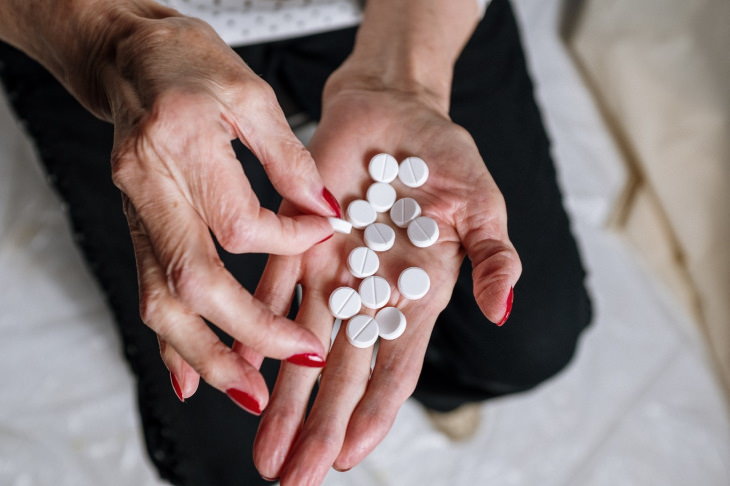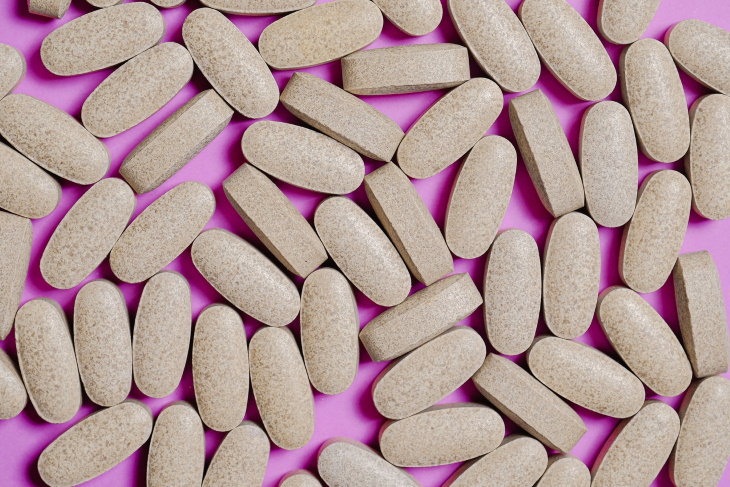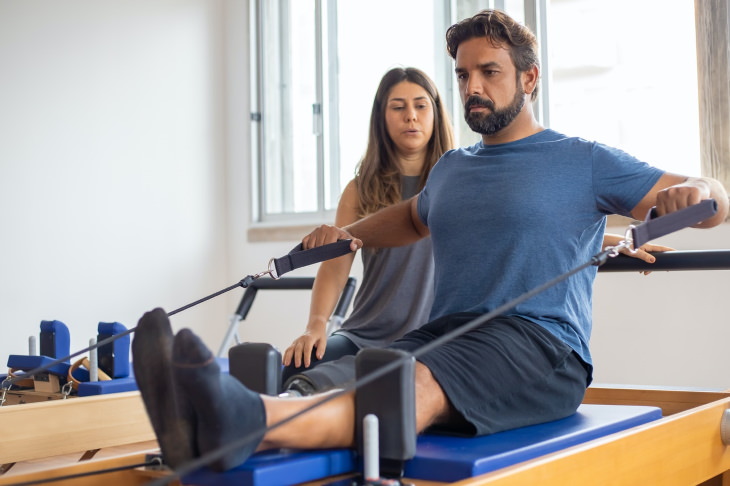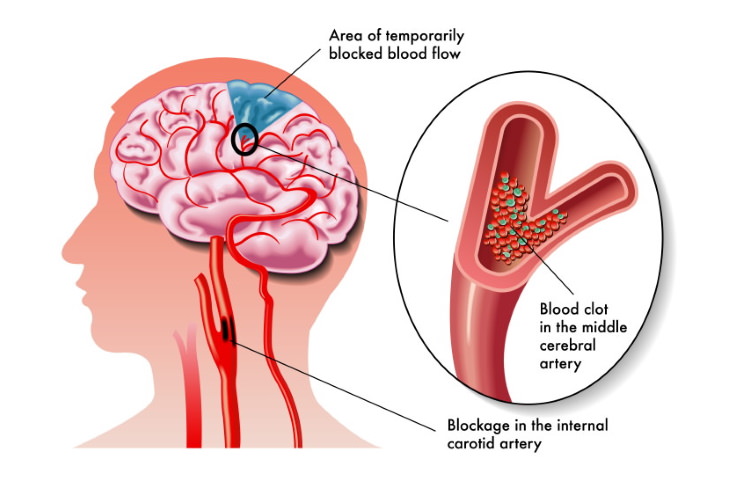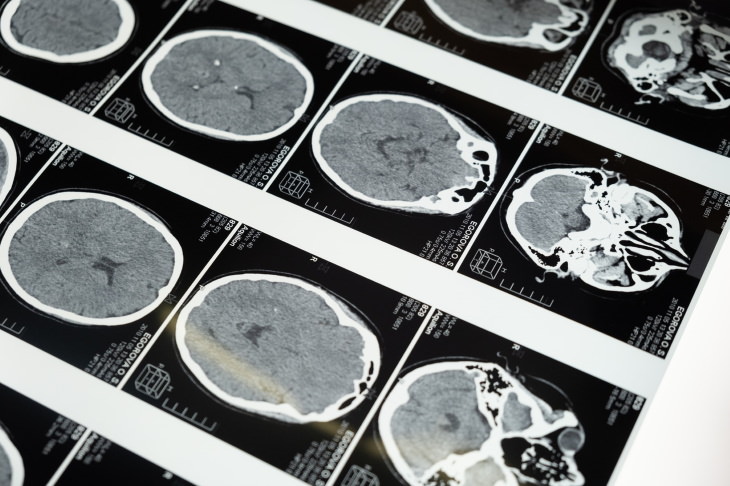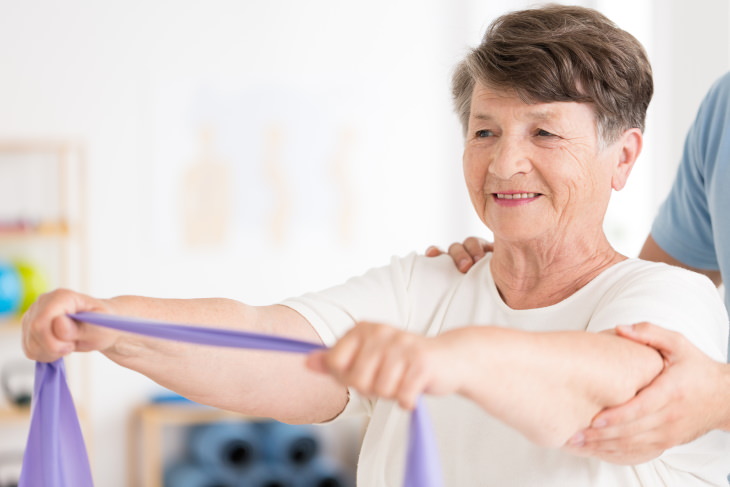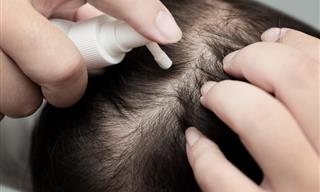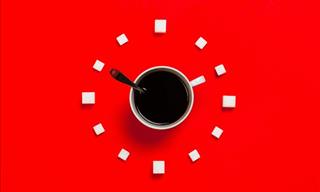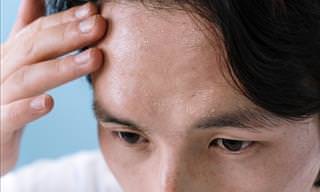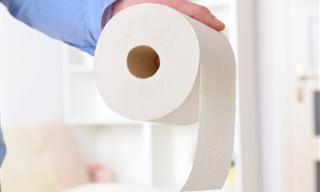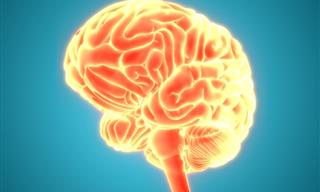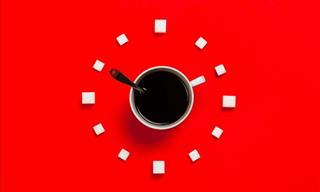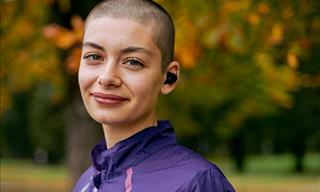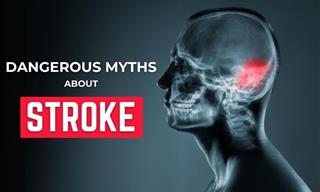Myth 1: Stroke is a heart condition
Strokes are sometimes confused for heart attacks. The confusion stems from the fact that strokes are linked to cardiovascular risks. However, strokes occur either when blood vessels in the brain rupture, or when a blood clot blocks blood flow to the brain, causing damage to brain tissue. Therefore, strokes happen in the brain, and not the heart.
Myth 2: Aspirin is always helpful for stroke
Aspirin has blood-thinning properties, and it can be prescribed by your doctor to break up blood clots. However, the same blood-thinning qualities can actually worsen the outcome of stroke patients who have suffered a hemorrhagic stroke, which is the type that occurs when a ruptured blood vessel causes the stroke.
As Dr. Padmanabhan told Baystate Health, “Aspirin could actually be harmful if the person is having a stroke caused by bleeding into the brain. If you suspect someone is having a stroke, the best course of action is to skip the aspirin and get them to the hospital immediately.” Giving aspirin to someone who is experiencing a hemorrhagic stroke may cause more bleeding and more brain tissue damage.
Myth 3: Stroke affects only older people
A person’s risk of stroke increases with age, and doctors observed that three out of four stroke patients are 65 or older, but that doesn’t mean that younger individuals cannot experience a stroke. In fact, researchers have observed a very alarming increase in young people hospitalized with a stroke in the past decade.
Research suggests that between 10-15% of stroke patients are in the 18 to 45 age range. A review study from 2013 also concluded that “approximately 15% of all ischemic strokes occur in young adults and adolescents.” Thus, a stroke can and does happen to younger people too. Moreover, younger individuals are likely to dismiss their symptoms, falsely believing that they are “too young” to suffer a stroke.
Myth 4: Stroke symptoms are extremely hard to spot
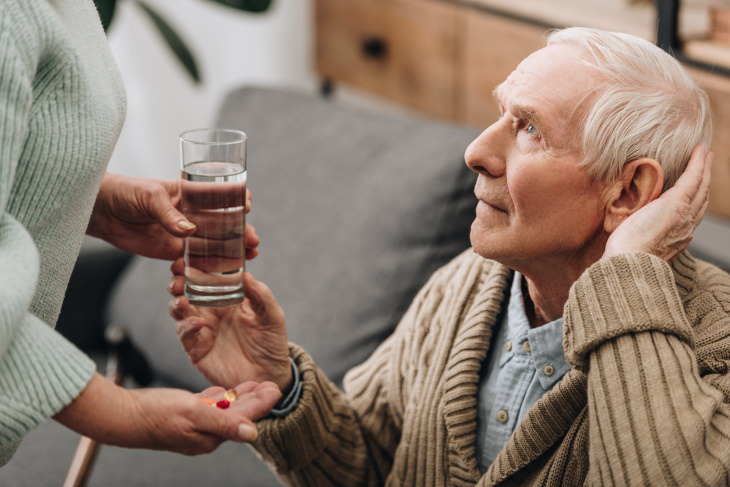
Depending on the part of the brain affected by stroke, symptoms can vary, but that doesn’t mean that a stroke is difficult to recognize. There are actually specific symptoms you can look for. These symptoms can be easily remembered with the acronym BE FAST, which stands for:
- Balance - dizziness, trouble walking, loss of balance or coordination
- Eyes - blurred vision, vision loss in one or both eyes, double vision
- Face - one side of the face is drooping, becomes numb, or looks asymmetrical
- Arm - one of both arms turns numb and weak, the person cannot raise the arm
- Speech - slurred or jumbled speech, trouble understanding speech
- Time - it's important to act as fast as possible.
Remember this acronym, and understand that one of the key things to consider when trying to recognize stroke symptoms is their sudden and unexpected onset. So if you or a loved one is experiencing a sudden loss of balance, dizziness, or trouble talking, don’t hesitate and call an ambulance.
Myth 5: Strokes don’t run in families
This myth is just not true, and it’s quite a dangerous misconception too! If someone in your family, especially a parent or a sibling, has experienced a stroke, you are at a higher risk of having a stroke as well. This is because certain genetic disorders, such as sickle cell disease and high blood pressure, increase stroke risks.
If you have a higher risk of stroke, take extra care to maintain all the necessary preventative measures.
Myth 6: A vitamin a day will keep a stroke away
This specific myth is somewhat rooted in science, but research hasn’t been able to demonstrate that taking vitamins can help prevent a stroke. The myth comes from the fact that stroke patients have elevated levels of homocysteine, a chemical that helps break down proteins in the body.
Homocysteine is typically dissolved by vitamin B6 and B12, so some people have suggested that taking high doses of vitamins could help keep homocysteine levels low. Unfortunately, experimental research shows that vitamin supplementation isn’t able to prevent stroke.
With all that being said, there are several helpful ways to prevent a stroke. The biggest thing is managing risk factors like heart disease, diabetes, high blood pressure, and high cholesterol. Cutting off harmful habits like excessive alcohol consumption and smoking is also extremely effective.
Myth 7: There’s no treatment for stroke
Treatments of stroke exist, and they’re extremely effective too. Emergency treatment of an ischemic stroke, or the type that is caused by blood clots, is especially helpful, but it is the most effective when administered during the first 3 hours after the appearance of stroke symptoms. This treatment dissolves the clot either through medication or a surgical procedure. This is why it’s so important to take a suspected stroke patient to the emergency room as soon as possible.
Likewise, there are a number of procedures that stop hemorrhagic strokes too. The goal of all these treatments is to restore blood flow to the brain and save as much of the damaged brain tissue as possible. Physical therapy is also very helpful for stroke recovery.
Related Article: 7 Recovery Exercises For Stroke Survivors
Myth 8: A ministroke isn't a serious condition
A transient ischemic attack (TIA), also known as a ministroke, and an ischemic stroke are two sides of the same coin. The only real difference between a ministroke and a full-blown stroke is time. During a ministroke, the blockage of the blood vessel in the brain is brief enough that it doesn’t cause lasting damage to the brain tissue. In a stroke, blood flow is cut off long enough for such damage to occur.
Now, the term ‘ministroke’ may make you believe that the condition is not serious, but this is not the case. In fact, experts say that a ministroke should always be treated as a stroke because only a doctor can distinguish between the two conditions. Furthermore, a TIA is often a sign of an imminent stroke. So make sure to seek emergency health services immediately if you’ve experienced the warning signs of a stroke.
Myth 9: Stroke always causes paralysis
Stroke is an extremely serious and often deadly health emergency. Experts point out that stroke is a leading cause of prolonged disability. Still, that doesn’t mean that everyone who has had a stroke will experience weakness or paralysis. The severity of the long-term effects will depend on the extent to which the brain was damaged and the specific area of the brain affected by stroke.
Damage to the left hemisphere may result in paralysis and weakness of the right side of the face and body, memory problems, speech problems, etc. When the right brain hemisphere has been affected, paralysis and weakness can be observed in the left side of the face and body, and memory and vision issues. These symptoms may persist, or go away over time.
Myth 10: You can recover from a stroke very quickly
Stroke recovery is a very complicated subject. While most research suggests that patients see the greatest mobility rehabilitation effects within the 2-3 month mark after the stroke, gradual recovery persists for many more months or even years. This is because it takes a long time for neural connections to be restored.
What about the expected extent of recovery? The American Stroke Association lists the following statistics:
- 10% of stroke survivors recover almost completely
- 25% experience recovery with minor impairments
- 40% have moderate to severe restrictions
- 10% require care in a nursing facility.
All in all, the outlook of stroke patients is getting better every year. But remember that a timely diagnosis and quick treatment are key to full recovery.
H/T: Medical News Today, Premiere Health, Baystate Health
 Go to BabaMail
Go to BabaMail


